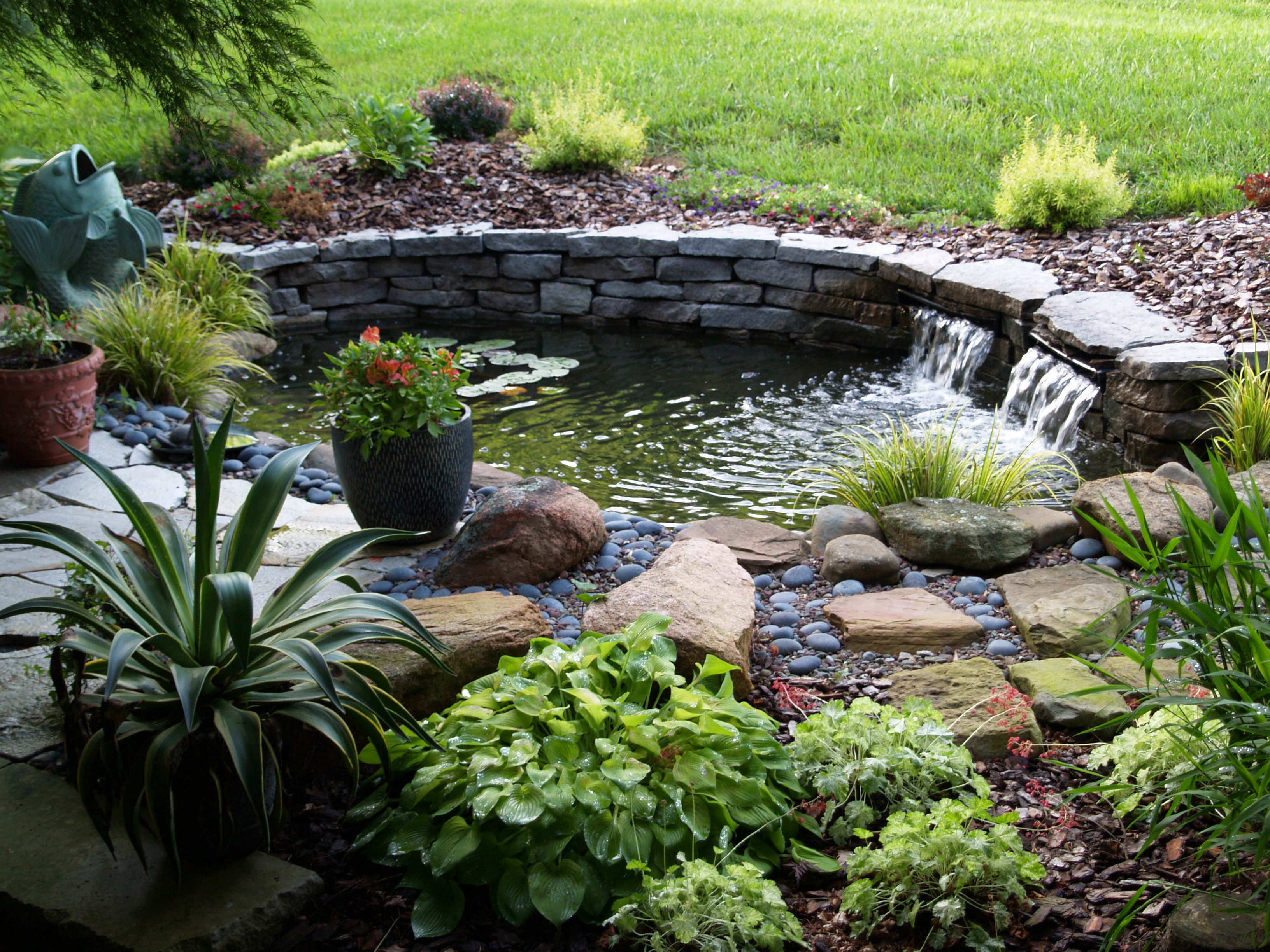How Do I Design A Garden With A Combination Of Ponds And Water Plants?
A pond in your garden can bring a sense of peace and tranquility, as well as providing a beautiful focal point for you and your guests. In this article, we'll take you through the steps to build your own garden pond, with helpful tips and expert advice to make your project a success.

Before you start
It's important to plan your pond carefully before you start building. Consider the size and depth of your pond, the materials you'll use, and the location in your garden where it will sit. Think about the type of plants and fish you want to include, and any extra features you might like, such as a waterfall or fountain.
You'll also need to check with your local authorities to see if you need any permits or permissions to build a pond. This will vary depending on where you live, so check with your local council or government department to find out.
Step 1: Mark out the area
Once you have planned your pond, mark out the area where it will sit using pegs and a string. Make sure the shape and size are correct, and that you have enough space for any extra features you want to include. You can use spray paint to mark out the outline of the pond if needed.
Step 2: Excavate the pond
The next step is to excavate the pond area. This can be done using a spade, or a hire digger if you have a larger pond. Dig to the depth and shape you want your pond to be, making sure to remove any rocks, roots or debris from the soil as you go.
It's important to make sure the base of your pond is level, so use a spirit level or laser level to check this. If you need to adjust the level, add or remove soil as needed until the base is level across the whole pond area.
Step 3: Add a liner
Once you have excavated your pond, it's time to add a liner to prevent water from seeping into the soil. You can use a pre-formed liner, which is a pre-made shape that fits into your pond, or a flexible liner, which can be moulded to fit your pond's shape.
Whichever type of liner you choose, make sure it's the right size and shape for your pond. Lay the liner into the pond and smooth it out as much as possible, removing any wrinkles or folds.
Step 4: Add a pump and filter
A pump and filter are essential for keeping your pond healthy and clean. The pump circulates water around the pond, while the filter removes any debris or pollutants from the water.
Choose a pump that's the right size for your pond, and position it in the deepest part of your pond. Connect the pump to the filter, which should be positioned outside your pond, and make sure all the connections are tight and secure.
Step 5: Add plants and decorations
Now it's time to add some plants and decorations to your pond. Choose plants that are suited to your climate and the size of your pond, and position them around the edges of your pond or on the bottom if they are underwater plants.
You can also add rocks, statues, and other decorations to give your pond a unique look. Just make sure any decorations you add are safe for fish and other pond inhabitants, and won't damage the pond or its liner.
Step 6: Add fish
Finally, you can add fish to your pond to make it come to life. Choose fish that are suited to your climate and the size of your pond, and make sure they are compatible with any plants you have added.
It's important to introduce fish slowly to your pond, and not to overstock it. A good rule of thumb is to have no more than one inch of fish for every square foot of pond surface area. Feed your fish sparingly, and make sure they have a good habitat to live in.
Caring for your pond
Once your pond is built, it's important to take care of it to keep it healthy and clean. Here are some tips for pond care:
- Regularly clean the pond, removing any debris or leaves that have fallen into the water
- Check the water levels regularly, topping up as needed
- Test the water regularly for pH levels, ammonia and nitrite levels, and adjust as needed
- Trim plants and remove any dead or dying foliage
- Feed your fish sparingly, and only give them what they can eat in five minutes or less
- Repair any damage to the liner or pump as soon as possible to prevent further damage
- Keep an eye out for any signs of disease or distress in your fish, and seek veterinary advice if needed
- Empty and clean your pond every few years, removing all plants and fish beforehand
By following these steps and taking care of your pond, you can enjoy a beautiful and peaceful feature in your garden for years to come.



